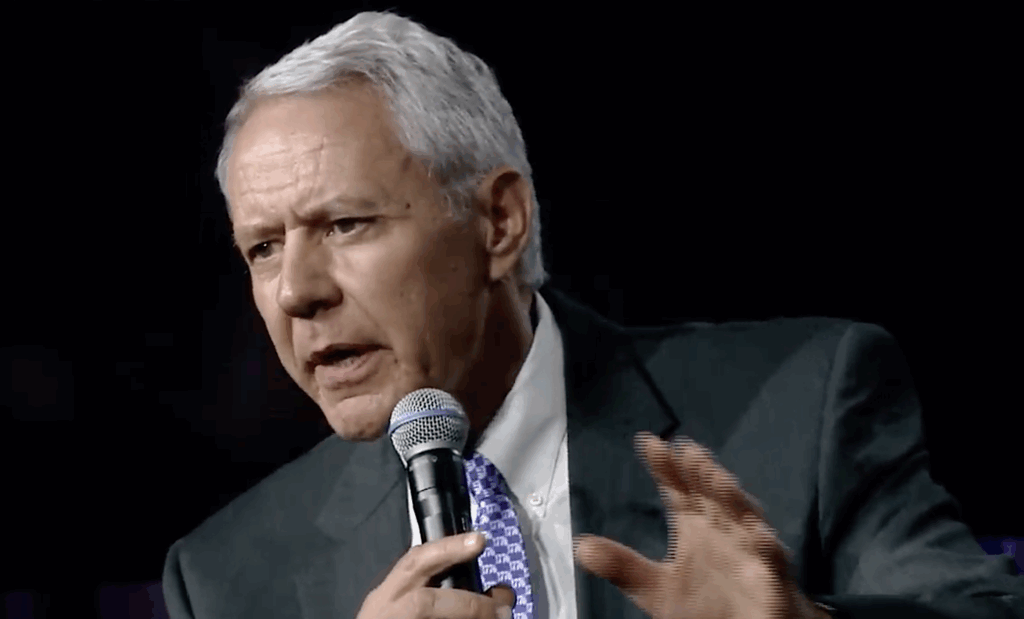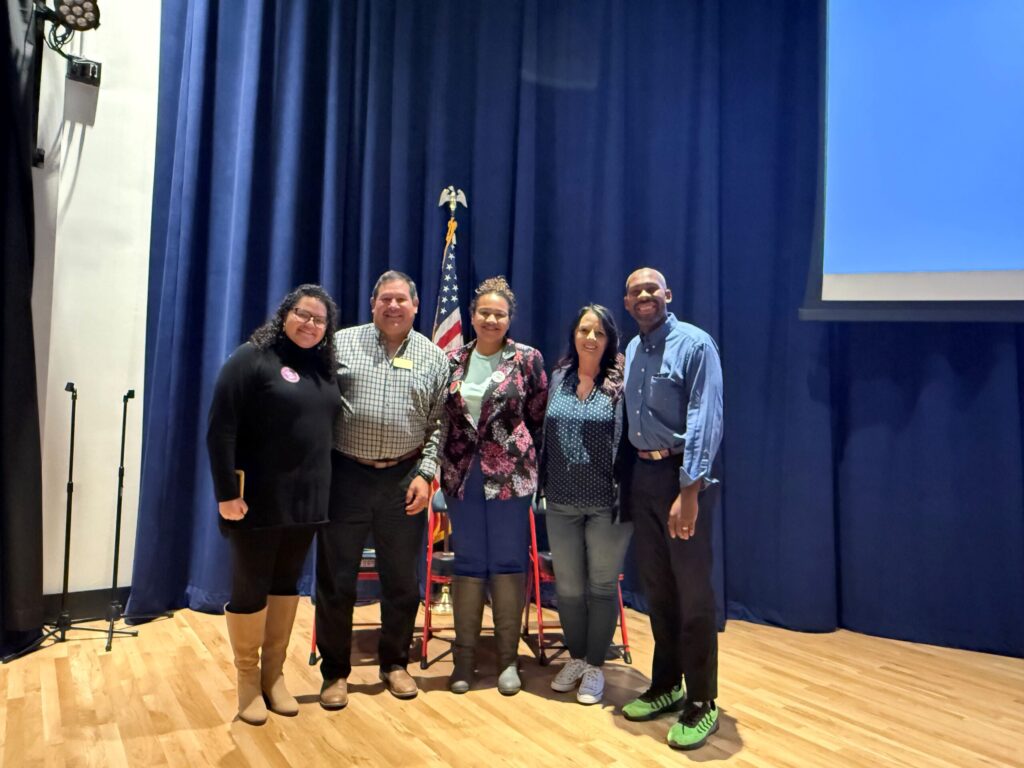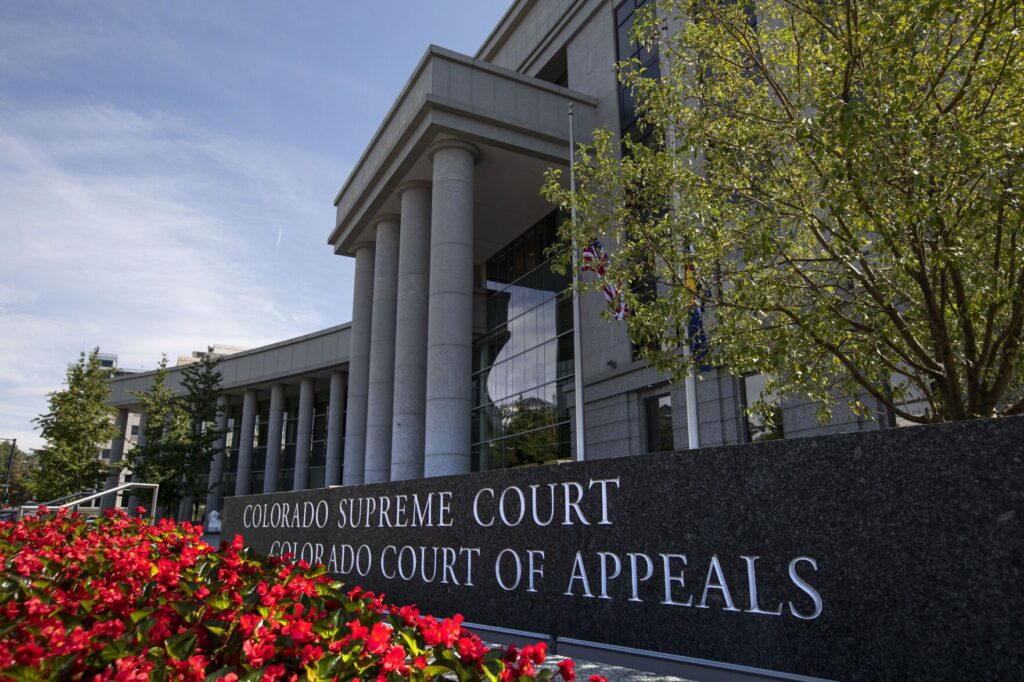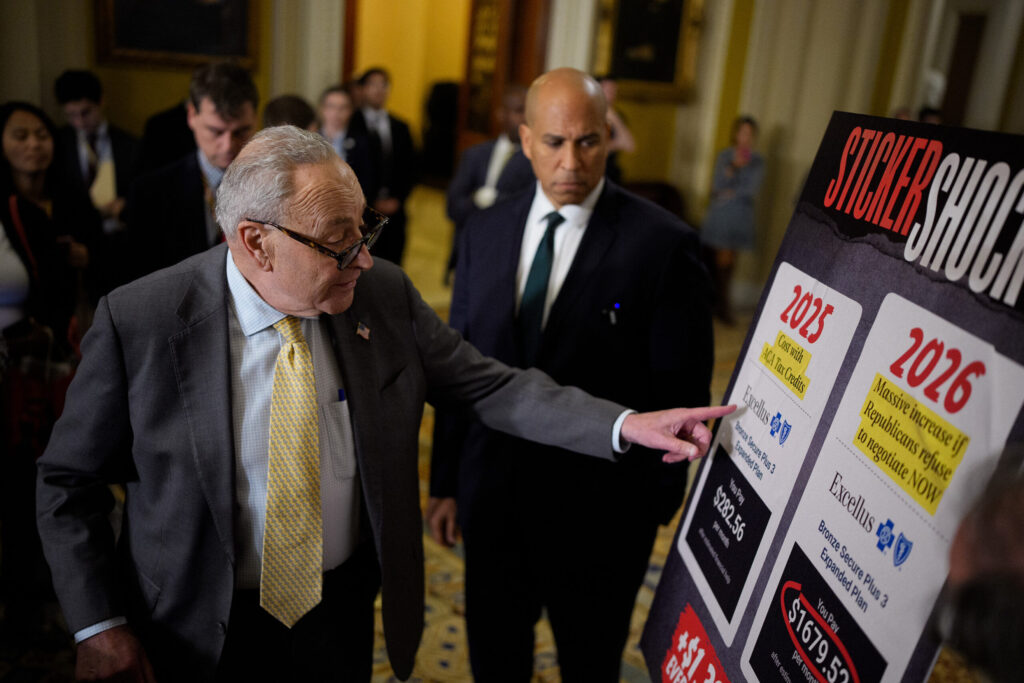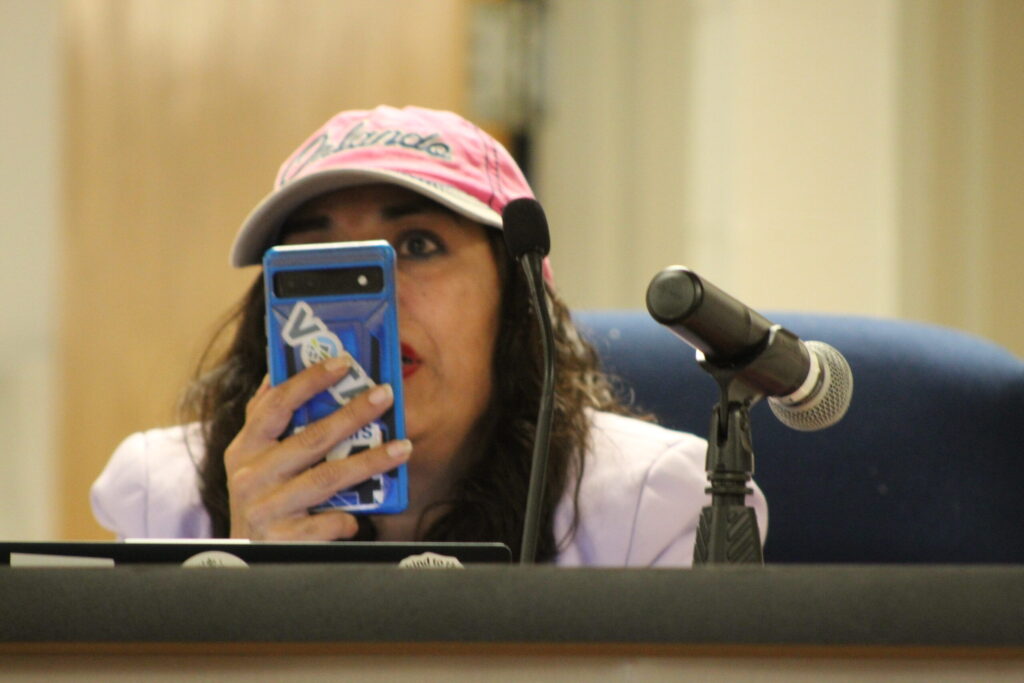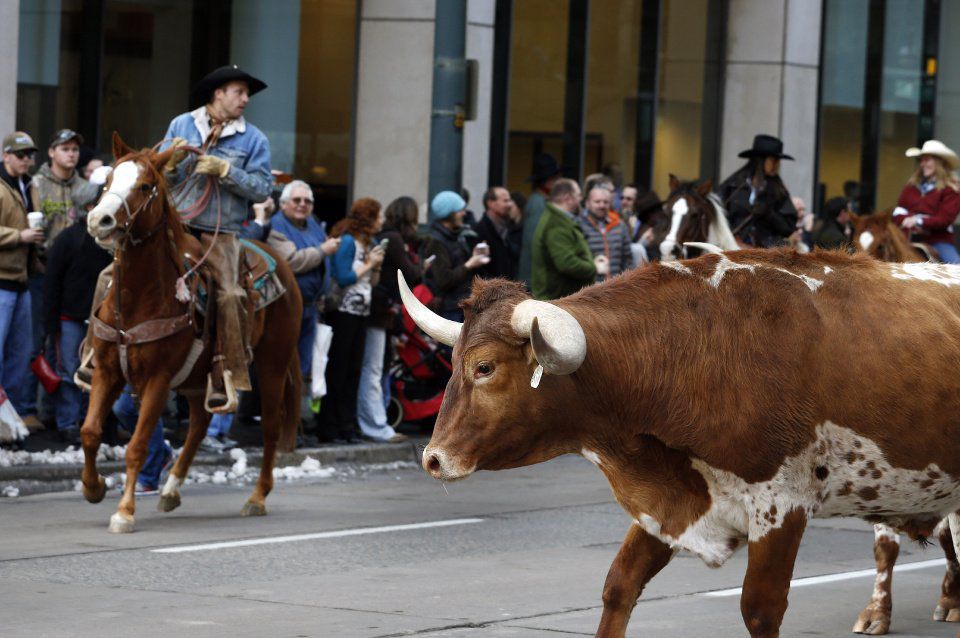Sundance Film Festival details Robert Redford tributes, legacy screenings | OUT WEST ROUNDUP

UTAH
Sundance festival to honor Redford
Robert Redford’s legacy and mission was always going to be a key component of the 2026 Sundance Film Festival, which will be the last of its kind in Park City, Utah. But in the wake of his death in September at age 89, those ideas took on a new significance.
This January, the institute that Redford founded over 40 years ago, plans to honor his career and impact with and a screening of his first truly independent film, the 1969 sports drama “Downhill Racer,” and a series of legacy screenings of restored Sundance gems from “Little Miss Sunshine” to “House Party,” festival organizers said Tuesday.
“As we were thinking about how best to honor Mr. Redford’s legacy, it’s not only carrying forward this notion of ‘everyone has a story’ but it’s also getting together in a movie theater and watching a film that really embodies that independent spirit,” festival director Eugene Hernandez told The Associated Press.
Tickets for the 2026 festival, which runs from Jan. 22 through Feb. 1, went on sale Oct. 22, with online and in person options. Some planning is also already underway for the festival’s new home in Boulder, Colorado, in 2027, but programmers are heads down figuring out the slate of world premieres for January. Those will be revealed in December.
Redford’s death has added a poignancy to everything.
“Seeing and hearing the remembrances took me back to why I felt compelled to go to the festival in the first place,” Hernandez said. “It’s been very grounding and clarifying and for us as a team it’s been very emotional and moving. But it’s also been an opportunity to remind ourselves what Mr. Redford has given to us, to our lives, to our industry, to Utah.”
WYOMING
Lawmakers advance ‘chemtrails’ bill
CHEYENNE — Claims that “chemtrails” from government or private jets are poisoning citizens, sterilizing soil and blocking the sun spurred heated debate among Wyoming lawmakers and the public, culminating in the advancement of two bills intended to prohibit atmospheric modifications over the state.
The Legislature’s Joint Agriculture, State and Public Lands and Water Resources Committee spent nearly four hours fielding public testimony and complex scientific reports before voting on three draft bills addressing geoengineering, cloud seeding and unauthorized atmospheric contamination.
The hearing was divided between those motivated by public concern over alleged federal poisoning and those who support the scientific efficacy of cloud seeding.Maria Crisler, a Casper-based clinical researcher, argued that it was essential to push back on covert programs she said are funded by the federal government involving solar radiation modification.
Jayme Locke, a Casper resident, testified that the visible white trails in the sky decreased noticeably during the recent government shutdown, which she called “very telling.”
The committee advanced the bill after adopting an amendment to explicitly exempt cloud seeding from the resolution’s intent.
The committee failed to advance a bill that proposed halting all cloud seeding and weather modification for a decade, starting Oct. 1, 2026, but recommended a bill that aimed to prohibit the release of “atmospheric contaminants” for the purpose of altering climate, weather or solar radiation. The list of prohibited materials included silver iodide, smart dust, genetically modified particles and radioactive materials.
The bill will be presented to the full legislature when the budget session kicks off in February.
MONTANA
Rail conductor death investigated
COLUMBUS — Authorities were investigating the death of a rail conductor who was hit by a passing train Oct. 19 in Montana, the National Transportation Safety Board said.
The conductor worked for BNSF Railway, the agency said in a post on the social media site X. BNSF Railway operates one of the largest freight railway networks in the U.S.
The incident occurred at about 9:40 a.m. in Columbus, a town of about 2,000 people 40 miles southwest of Billings.
Emergency response officials weren’t sure what happened other than that an individual was between two trains, said Nick Jacobs, Columbus Fire Rescue’s assistant chief. One train was parked on one track and the other train was moving on another track, he said.
The NTSB and Federal Railroad Administration officials were at the scene, Jacobs said.
A report by the Federal Railroad Administration last year found BNSF was generally striving to improve safety on a consistent basis, but that message didn’t always reach front-line workers who often didn’t feel comfortable reporting safety concerns for fear of being disciplined.
The agency prepared the report as part of an effort to review all major railroads to address safety concerns after a 2023 Norfolk Southern train derailed in East Palestine, Ohio.
NORTH DAKOTA
Teddy Roosevelt museum planned
MEDORA — A library examining Theodore Roosevelt, the country’s 26th president, will open next summer in the North Dakota landscape remarkably similar to what Roosevelt would have experienced on trips to the isolated Dakota Territory in the 1880s.
The nearly 100,000-square-foot facility near Medora, North Dakota, is planned to open July 4, 2026, America’s 250th anniversary. All living presidents have been invited.
Library Foundation CEO Ed O’Keefe said he wants the library to be where “kids drag their parents,” a setting for picnics, weddings and even presidential debates.
Library boosters have a $450 million fundraising goal, with $344 million in cash and pledges so far. Construction, design and related costs alone are pegged at $276 million. Other costs include millions for developing exhibits and digitizing archives.
The library rises from the flat, grassy top of a butte across a highway from Theodore Roosevelt National Park, which had more than 732,000 visits last year. A path leads onto the library’s sloping roof planted with grasses and flowers. Inside, enormous rammed-earth walls of layered colors represent the dramatic Badlands.
“This is a purposeful place. We like to say that the library is the landscape,” O’Keefe said.
Roosevelt, a New York native, came to the Badlands to hunt bison in 1883. He invested in a ranching operation and returned multiple times over several years following the deaths of his wife and mother.
Roosevelt’s time in Dakota largely ended after cattle losses in the terrible winter of 1886-87. He later said he never would have been president were it not for his time in North Dakota.


